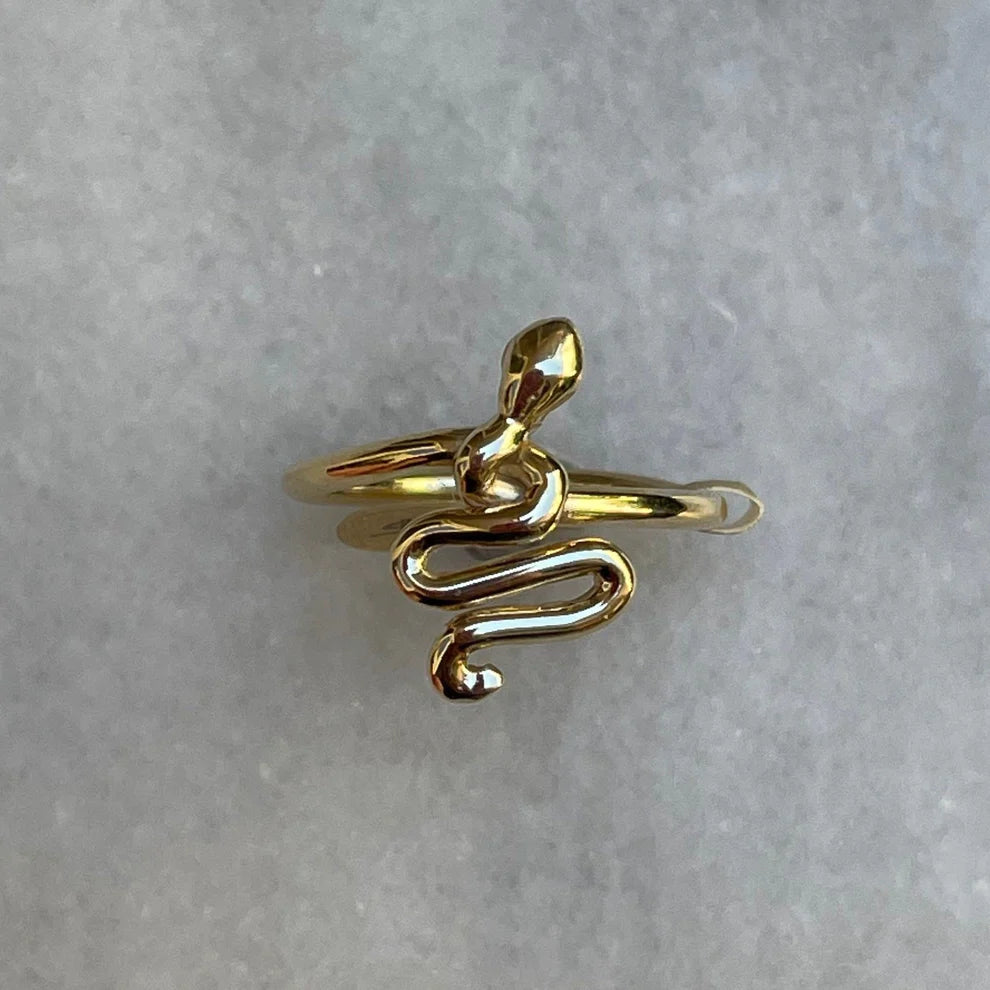A brief history of snake rings

Snake rings have featured in jewellery throughout history, back to ancient civilizations, where these enigmatic creatures symbolised a range of beliefs and emotions. Snake rings can be traced back to ancient Egypt, where they were associated with eternal love and protection due to the serpent's ability to shed its skin and be "reborn."
In ancient Greece, snakes were linked to healing and medicine, symbolising Asclepius, the god of medicine. The Romans, on the other hand, saw the snake as a symbol of everlasting love, making it a popular choice for engagement rings.
In the Victorian era, Queen Victoria's engagement ring, featuring a snake with an emerald-set head, sparked a fashion trend, elevating the snake ring's status as a symbol of eternal love and fidelity.
Beyond their symbolic significance, the way snake rings are worn carries meaning as well. Wearing a snake ring with the head facing towards the wearer signifies protection and drawing wisdom and health to you. Conversely, wearing the head pointing outward is believed to attract wealth and good fortune.
Today, snake rings continue to captivate, serving as a powerful statement imbued with historical and emotional symbolism. Whether one embraces them for their history or simply appreciates their beauty, snake rings remain a timeless testament to the enduring power of jewellery as a medium for self-expression and connection to our shared past.
Snake rings can be worn by both men and women and make great pinky rings, or they can be styled on any finger to accompany gemstone rings. At Artefact Fine Jewellery the majority of our snake rings are made using the lost wax technique meaning no two rings are exactly alike. If you are looking for a timeless piece of jewellery check them out here.

